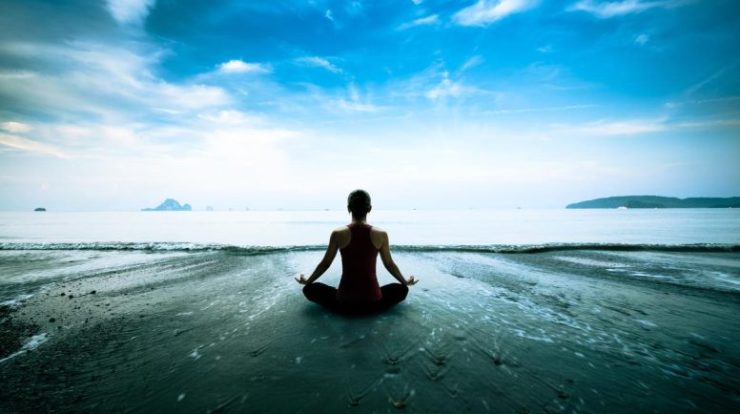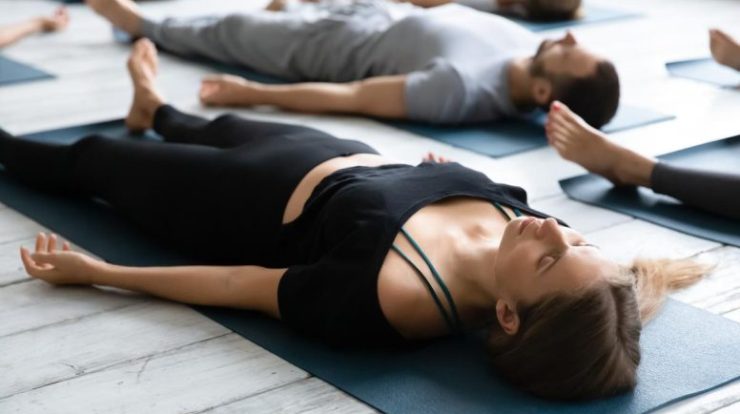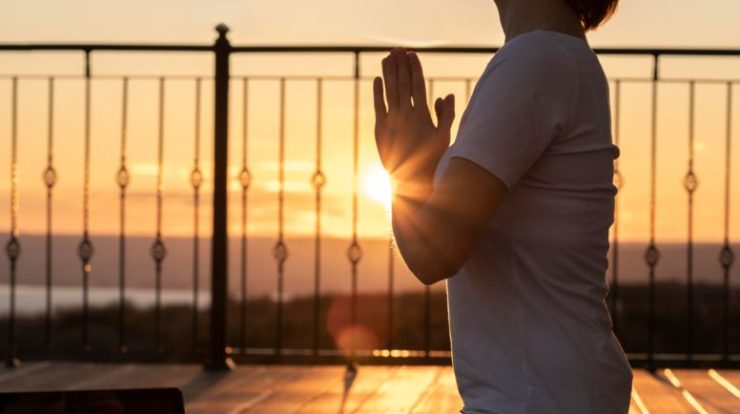
Keeping mobile in today’s fast-paced world is essential for general health and making headway in many areas of life. Unlocking your body’s entire range of motion can bring about countless benefits, whether you’re an athlete hoping to better performance, a fitness enthusiast looking to improve flexibility, or just someone seeking a healthier lifestyle. In this piece, we’ll talk about some yoga positions that are fantastic for increasing flexibility and mobility. Now is the time to dig in and learn how yoga can help you reach your full range of motion.
1. Introduction: The Importance of Mobility
The ability to move through all possible positions with relative ease is what we mean when we talk about mobility. Joint health, injury prevention, and general well-being all benefit greatly from it, making it a crucial component of any exercise program. By progressively developing flexibility and strengthening targeted muscle groups, yoga can assist improve mobility with consistent practice.
2. Recognizing Personal Mobility Needs
Personal lifestyle, current fitness level, and desired level of independence all play a role in shaping one’s mobility objectives. Some people may want to increase their hip or shoulder mobility specifically, while others may strive for greater overall flexibility. To get the most out of your yoga practice and achieve your personal goals, it’s important to first determine what those are.
3. Basic Motions to Increase Mobility
Before going into the yoga postures, it’s important to lay the groundwork with basic exercises that will help you become more flexible. These actions are a stepping stone on the path to more complex yoga postures. Here are a few of the most fundamental steps:
- Raise your arms straight above your head while keeping your back straight. Increase your shoulder range of motion and flexibility with this exercise.
- Create a mild bend in your spine by rounding your back, as if you were making a C. This action helps increase spinal mobility by stretching the back muscles.
- Reach down and touch your toes by bending forward from the hips. The hamstrings and lower back and hips all benefit from this stretch.
- Squat down low while keeping your heels on the ground for an active deep squat. This exercise is great for increasing flexibility in the hips and building muscle in the legs.
- Reach your arms behind your back and lace your fingers together. The range of motion in your chest and shoulders will increase after performing this stretch.
- Yoga practitioners can benefit greatly from increasing their wrist mobility by engaging in wrist circles and mild stretches.
4. The Three-Level Mobility Program
A three-tiered mobility program is advised to accommodate various skill sets and assure steady improvement. The progressive nature of the levels means that students can work on their flexibility at their own speed.
Level 1: Mobility and Flexibility Flows for Beginners
This level is designed for beginners who are new to yoga or have limited flexibility. It includes a series of gentle flows and poses that target major muscle groups and promote overall mobility. Some of the poses in this level include:
- Resting in Child’s Pose stretches the hips, thighs, and ankles and relieves pressure on the back.
- In Downward-Facing Dog, you may strengthen your arms and shoulders while also stretching your hamstrings and calves.
- The cat-cow pose stretches the spine by alternating between a rounded and arched position.
Level 2: Single and Locomotion Exercises for Intermediate Practitioners
The second level of the mobility program introduces more challenging poses and locomotion exercises. It builds upon the foundation established in Level 1 and aims to deepen flexibility and body awareness. Some poses in this level include:
- Warrior II Pose is a robust standing asana that extends the inner thighs, strengthens the legs, and releases the hips.
- The hamstrings, calves, and lower back get a great stretch in a standing forward bend, which aids in overall flexibility.
- The lizard pose is a powerful hip opener that stretches the groin, hamstrings, and groin muscles.
Level 3: Yoga Mastery Through Advanced Practice
The third and final level is designed for experienced practitioners who have already developed a good level of flexibility. This level includes more advanced poses and challenging variations to further enhance mobility and strength. Some poses in this level include:
- The hips and thighs are opened and stretched in King Pigeon Pose, while the back and shoulders gain flexibility.
- Wheel Pose, sometimes called Upward Bow Pose, stretches the front body and improves strength in the arms and shoulders.
- To achieve the maximum range of motion in Hanumanasana (Split Pose), you’ll need to warm up your hip flexors, stretch your hamstrings, and open your hips.
5. Unlocking the Benefits: Improved Posture, Balance, and Injury Recovery
Regularly engaging in the suggested mobility program has several advantages beyond just making you more flexible. One’s posture, balance, stability, awareness of one’s body, and vulnerability to injury are all enhanced. In addition, the increased circulation, suppleness, and strength that result from a yoga practice might facilitate healing after an accident.
6. The First 50 Customers: Special Discount and Code
If you are one of the first 50 customers, you can save 15% on the mobility package with the promo code “Kelly move – mobility.” Don’t let this chance pass you by to start your road toward greater flexibility at a reduced cost.
7. Conclusion
The path of developing more flexibility via yoga has many positive effects on one’s body and mind. By combining the basic exercises and poses outlined in this article and following the suggested mobility program, you can progressively increase your range of motion, improve your posture, and cultivate a deeper mind-body connection. Keep in mind that the route to greater adaptability requires consistency and patience.
8. FAQs (Frequently Asked Questions)
- How long does it take to see improvements in flexibility through yoga?
- Can yoga help with joint pain and stiffness?
- Is it necessary to be flexible before starting a mobility program?
- What are some additional tips for maintaining flexibility outside of yoga practice?
- Can yoga improve athletic performance and prevent injuries?




